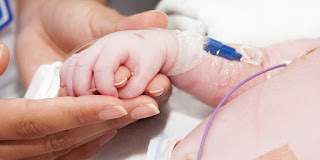Vital Capacity Recruitment Maneuver

A sigh maneuver, or a large tidal volume (Vt), has been suggested for reversing atelectasis; however, atelectasis is not uniformly reduced by a Vt increase or sigh up to airway pressure (Paw) of 20 cm H2O.
News, Guidelines, Tips & Tricks for doctors, anesthesiologists, cardiac anesthesiologists, and intensive care specialists.





